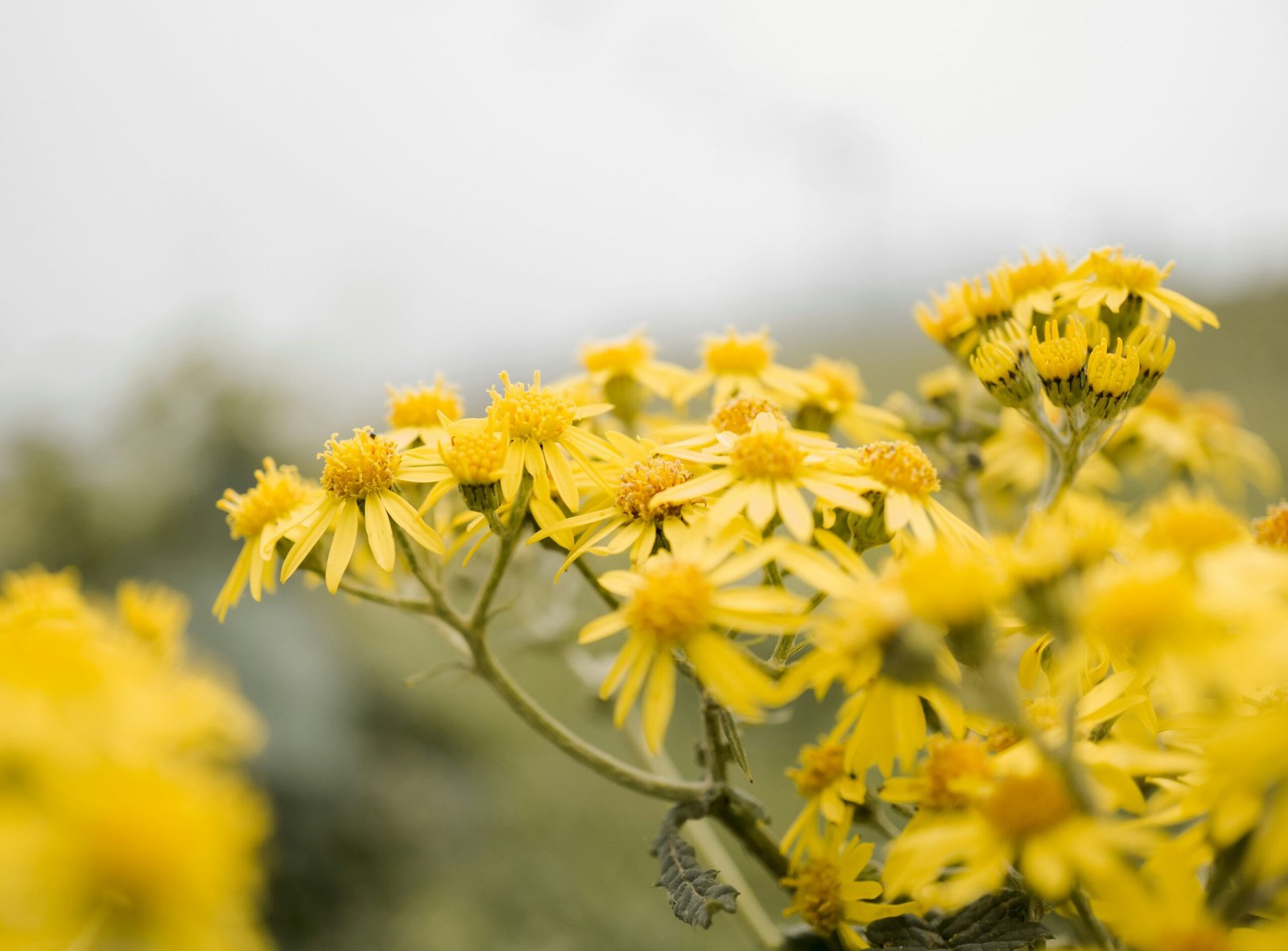
Introduction to Beekeeping
Beekeeping, or apiculture, is the maintenance of bee colonies, commonly in hives. This ancient practice has been pivotal in agriculture, supporting pollination and producing honey and beeswax. Whether you’re interested in beekeeping as a hobby or for commercial purposes, this tutorial will guide you through the essential steps to start.
Step 1: Selecting the Right Equipment
Before you dive into beekeeping, it’s crucial to acquire the necessary equipment. Essential tools include a beehive, protective gear (such as a suit, gloves, and a veil), a smoker, and a hive tool. A Langstroth hive is the most common choice, consisting of a set of stacked boxes where bees establish their comb and store honey.
Step 2: Choosing Your Bee Species
There are several species of bees suitable for beekeeping. The most popular choices are the Italian bee, known for its gentle nature and productivity; the Carniolan bee, which is adept at colder climates; and the Russian bee, which exhibits resistance to diseases. Research and choose a species that best fits your geographical location and experience level.
Step 3: Installing Your Bees
Once you’ve set up your hive and selected your bee species, it’s time to introduce your bees into the hive. Purchase a package of bees from a reputable supplier, and carefully follow the instructions for installation. Ensure that the queen bee is safe and that the bees have access to resources such as sugar water for initial feeding.
Step 4: Monitoring and Maintaining the Hive
Regular maintenance is vital in beekeeping. Inspect your hive periodically for signs of disease, pests, or insufficient food stores. Monitoring the health of your bee colony ensures a thriving environment that can produce honey efficiently. Keep detailed records of your inspections and interventions.
Conclusion
Beekeeping can be a rewarding endeavor, benefiting both your garden and the environment. By following these steps, you will be well on your way to creating a healthy beehive, supporting the crucial role bees play in our ecosystem.